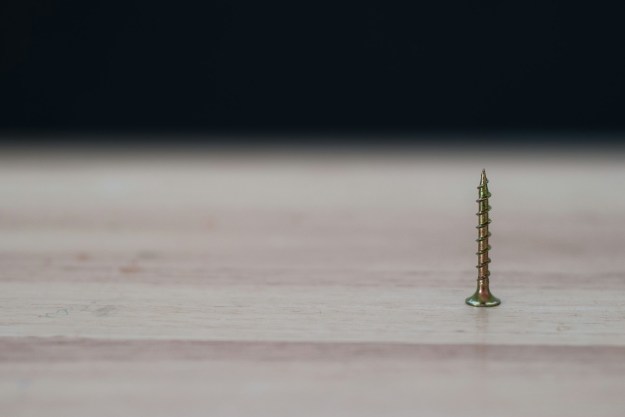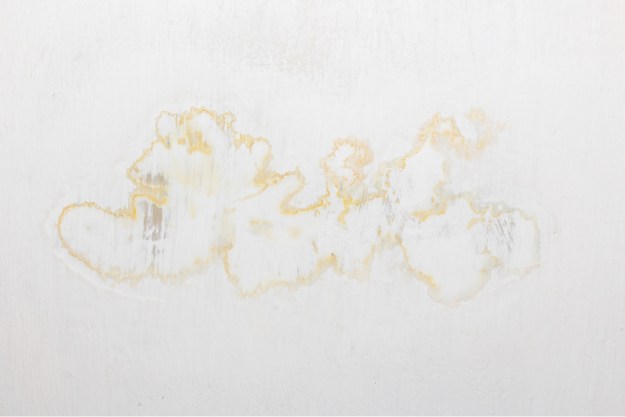
It takes patience to practice the art of bonsai. After planting a seed, it might take up to four years for a bonsai tree to be ready for shearing and styling. Plus, the trees tend to take 10 to 15 years to fully grow depending on various conditions. If the art form is for you, consider one of these leading bonsai pruning shears or Japanese bonsai shears as a necessary art supply.
The height of a bonsai tree can range from 5 to 6 feet on the high end to 1 to 3 inches on the low end. They come in a variety of sizes and shapes, and of branches and foliage types. Some bonsai trees need constant shearing or pruning. To stand ready for that type of tree, get one of these top-of-the-line bonsai pruning shears or Japanese bonsai shears.
VIVOSUN Gardening Hand Pruner
Best Spring-Action Design

If you don’t want your hand to tire while pruning your bonsai tree, this product’s spring-action design will intrigue you. The 6.5-inch pruner has spring-loaded micro tip snips that automatically push themselves to reduce hand fatigue, which is a benefit for bonsai art practitioners with arthritis, carpal tunnel, or other hand and wrist issues. A sideways locking mechanism helps keep the blades protected and closed when not in use.
Sago Brothers Bonsai Pruning Scissors
Best 5-Piece Set

Perhaps a complete set of bonsai pruning shears is on your radar. If so, this set should intrigue you. The five 4-inch pruning shears are designed to clip small stems and light branches, and trim buds and leaves. Their sharp blades are engineered to make cutting more effortless and pop back open to be easier on hands.
GROWNEER Pruning Shears
Best Precision Cut

If your bonsai tree trims need to be very precise, these shears have you covered. The three shears in a pack are designed to make precise cuts with one hand without damaging other vital stems and branches on a bonsai tree. The spring-loaded shears automatically open to reduce hand fatigue and their ergonomic rubber grips help boost comfort.
Enjoy the art of bonsai tree care by keeping your small tree in tip-top shape. These top-of-the-line bonsai shears can help with careful and precise trimming or pruning.




